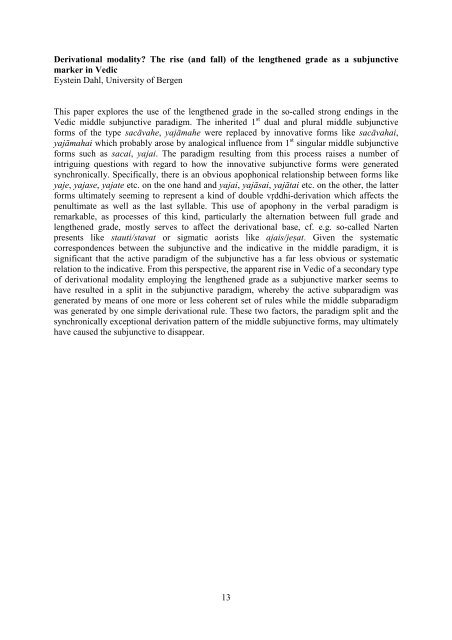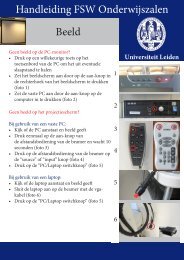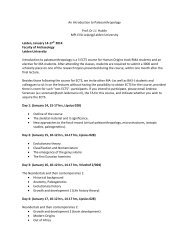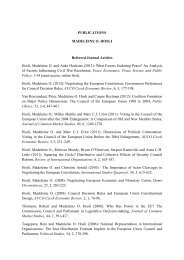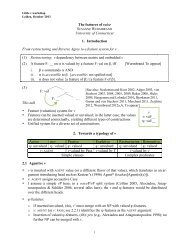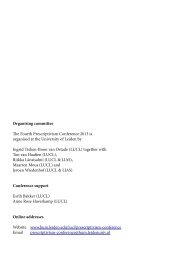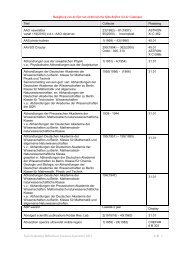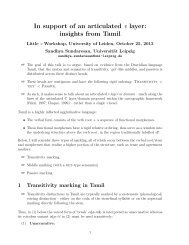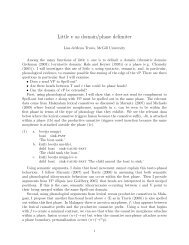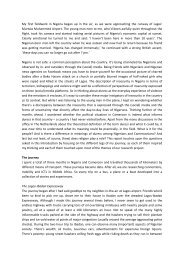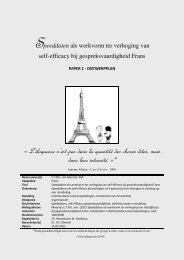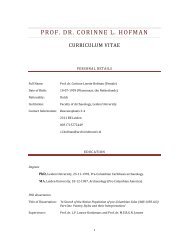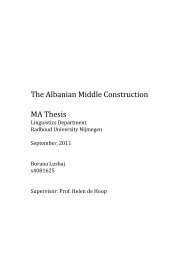Programme
Programme
Programme
You also want an ePaper? Increase the reach of your titles
YUMPU automatically turns print PDFs into web optimized ePapers that Google loves.
Derivational modality? The rise (and fall) of the lengthened grade as a subjunctive<br />
marker in Vedic<br />
Eystein Dahl, University of Bergen<br />
This paper explores the use of the lengthened grade in the so-called strong endings in the<br />
Vedic middle subjunctive paradigm. The inherited 1 st dual and plural middle subjunctive<br />
forms of the type sacāvahe, yajāmahe were replaced by innovative forms like sacāvahai,<br />
yajāmahai which probably arose by analogical influence from 1 st singular middle subjunctive<br />
forms such as sacai, yajai. The paradigm resulting from this process raises a number of<br />
intriguing questions with regard to how the innovative subjunctive forms were generated<br />
synchronically. Specifically, there is an obvious apophonical relationship between forms like<br />
yaje, yajase, yajate etc. on the one hand and yajai, yajāsai, yajātai etc. on the other, the latter<br />
forms ultimately seeming to represent a kind of double vṛddhi-derivation which affects the<br />
penultimate as well as the last syllable. This use of apophony in the verbal paradigm is<br />
remarkable, as processes of this kind, particularly the alternation between full grade and<br />
lengthened grade, mostly serves to affect the derivational base, cf. e.g. so-called Narten<br />
presents like stauti/stavat or sigmatic aorists like ajais/jeṣat. Given the systematic<br />
correspondences between the subjunctive and the indicative in the middle paradigm, it is<br />
significant that the active paradigm of the subjunctive has a far less obvious or systematic<br />
relation to the indicative. From this perspective, the apparent rise in Vedic of a secondary type<br />
of derivational modality employing the lengthened grade as a subjunctive marker seems to<br />
have resulted in a split in the subjunctive paradigm, whereby the active subparadigm was<br />
generated by means of one more or less coherent set of rules while the middle subparadigm<br />
was generated by one simple derivational rule. These two factors, the paradigm split and the<br />
synchronically exceptional derivation pattern of the middle subjunctive forms, may ultimately<br />
have caused the subjunctive to disappear.<br />
13


